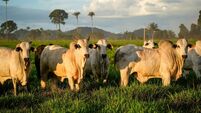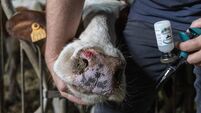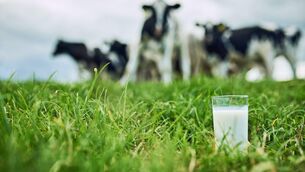Air-free conditions necessary for good preservation

It requires at least a half day, and not more than 1.5 days of good drying conditions.
Fill the silo quickly, rolling the herbage throughout, and immediately seal it perfectly. This will help to achieve the air-free conditions that are necessary for good preservation, and to prevent mould growth.










